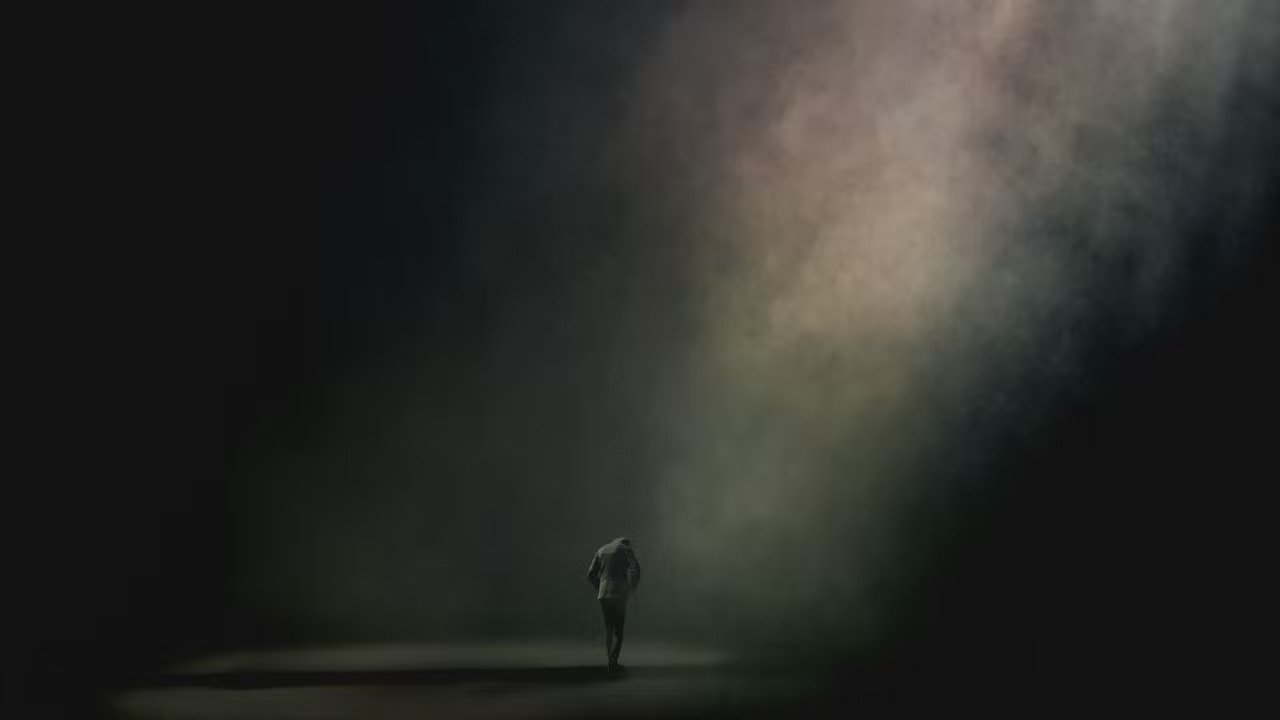Lighting is one of the most important aspects of cinema. It can set the mood, create atmosphere, and draw the audience’s attention to key elements on the screen. In this article, we will explore the importance of lighting in cinema, and provide some examples of how lighting has been used to great effect in famous movies.
Lighting is a critical element in the filmmaking process, and it is the responsibility of the director of photography (DP) to create a visual language that supports the narrative of the movie. The DP works closely with the director to craft a visual style that enhances the story, and lighting plays a key role in this process.
One of the most famous examples of the importance of lighting in cinema is the opening sequence of Francis Ford Coppola’s 1979 masterpiece, “Apocalypse Now”. The sequence features a helicopter attack on a Viet Cong village, and the lighting creates a surreal and otherworldly atmosphere. The orange glow of the napalm explosions contrasts with the deep green of the jungle, and the use of smoke and handheld cameras creates a sense of chaos and confusion.
Another example of the importance of lighting is the use of chiaroscuro lighting in film noir. Chiaroscuro lighting is a technique that uses strong contrasts between light and dark, often creating deep shadows on the faces of the actors. This technique was used extensively in classic film noirs like “The Maltese Falcon” (1941) and “Double Indemnity” (1944), and it helped to create a sense of mystery and danger in these movies.
Lighting can also be used to create a specific mood or atmosphere. In Stanley Kubrick’s “The Shining” (1980), the use of natural light in the daytime scenes creates a sense of normalcy and calm, while the use of artificial light in the nighttime scenes creates a sense of unease and tension. The infamous “Here’s Johnny!” scene, in which Jack Nicholson’s character breaks through a door with an axe, is lit with a single overhead light, creating a sense of isolation and claustrophobia.
Lighting can also be used to draw attention to specific elements on the screen. In Steven Spielberg’s “E.T. the Extra-Terrestrial” (1982), the use of a spotlight during the iconic bike chase scene draws the audience’s attention to the characters as they fly across the screen. The use of lighting in this scene helps to create a sense of excitement and adventure.
In conclusion, lighting is a critical element in the filmmaking process, and it can be used to create mood, and atmosphere, and draw attention to key elements on the screen. From the surreal and otherworldly lighting of “Apocalypse Now” to the chiaroscuro lighting of film noir, lighting has been used to great effect in cinema throughout the years. By working closely with the director, the DP can create a visual language that enhances the story and draws the audience deeper into the world of the movie.

Comments